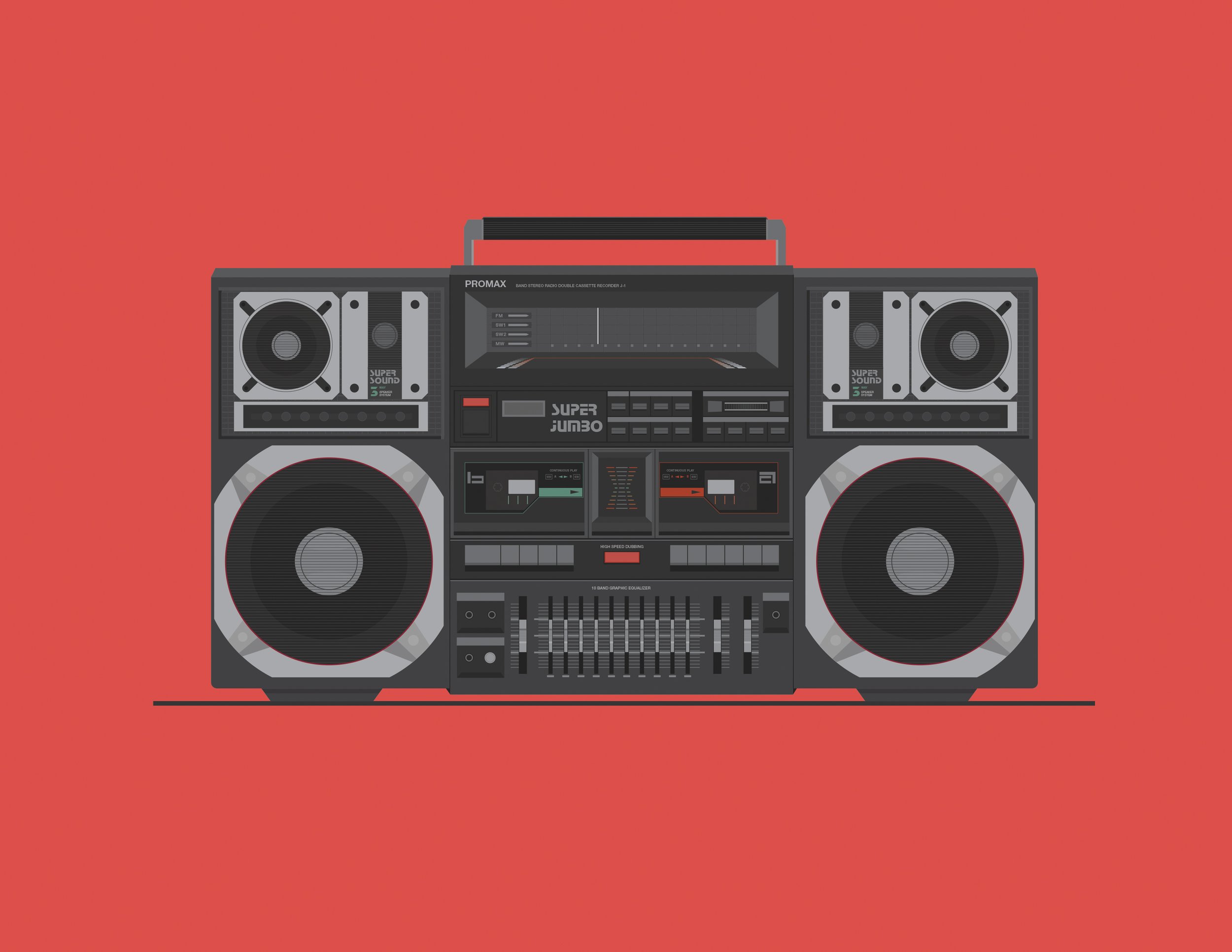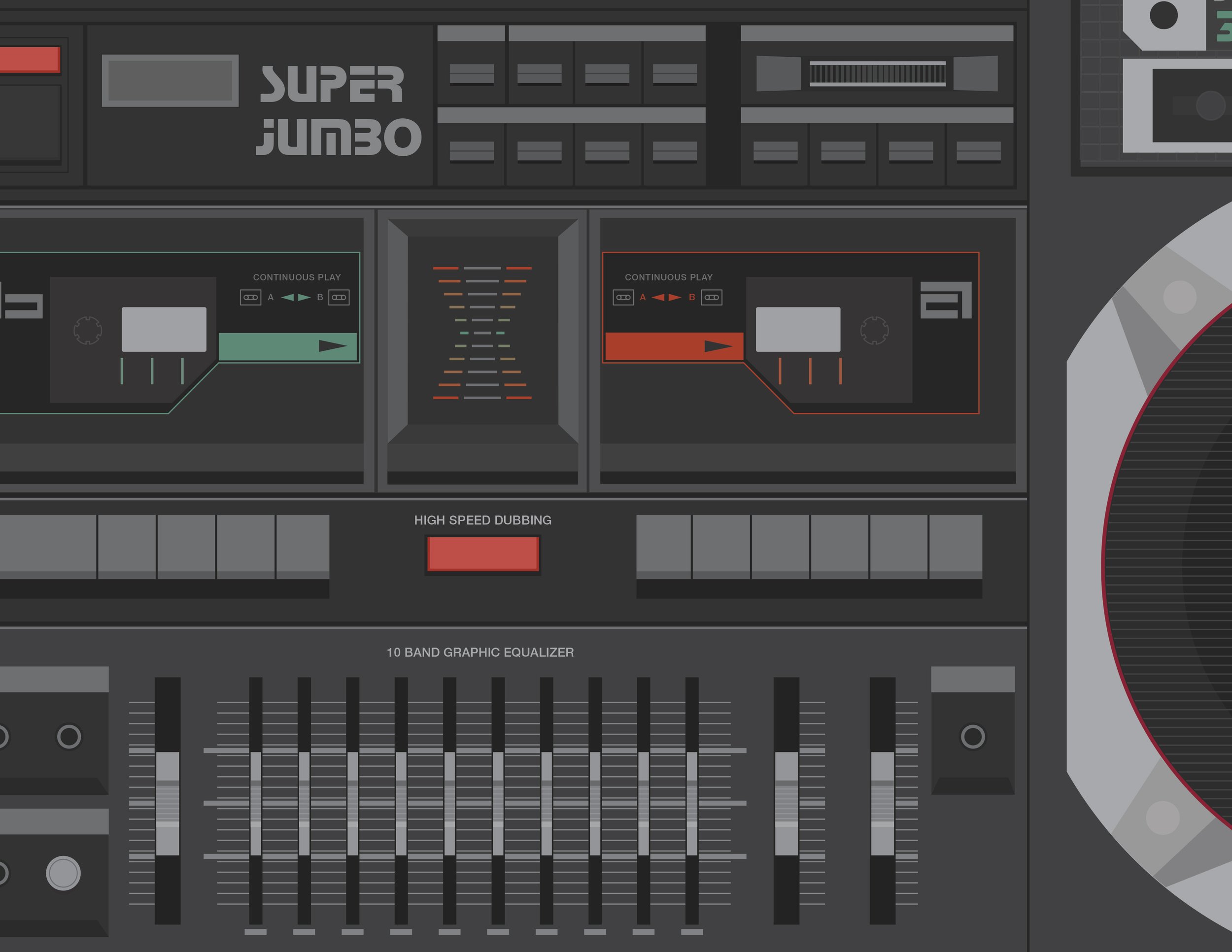Boomboxes: Shaping Hip-Hop's Sound and Identity
Boomboxes have left an enduring mark on hip-hop culture, serving as more than just portable audio devices but as symbols of expression and empowerment. Emerging in the 1970s, these iconic gadgets quickly became synonymous with urban life, allowing DJs, MCs, and hip-hop enthusiasts to broadcast music and showcase their talent in public spaces. Their portability and powerful sound facilitated impromptu street performances, block parties, and rap battles, becoming a central element of hip-hop's grassroots movement.
Beyond their utilitarian function, boomboxes became emblematic of defiance and cultural pride, particularly in marginalized communities. Their prominence in hip-hop imagery and music videos conveyed a sense of rebellion, challenging societal norms, and amplifying the voices of the disenfranchised. Moreover, boomboxes played a pivotal role in the dissemination of hip-hop music and culture, serving as a conduit for spreading new sounds and styles across neighborhoods and cities, shaping the genre's sonic landscape and influencing its production aesthetics.
Despite technological advancements rendering them obsolete, boomboxes remain revered artifacts within hip-hop culture, celebrated for their cultural significance and nostalgic appeal. They symbolize a bygone era when hip-hop was a grassroots movement rooted in communities, reminding us of the genre's transformative power and its ability to unite people through music. In essence, boomboxes have not only shaped the sound of hip-hop but have also played a crucial role in defining its identity and cultural legacy.








